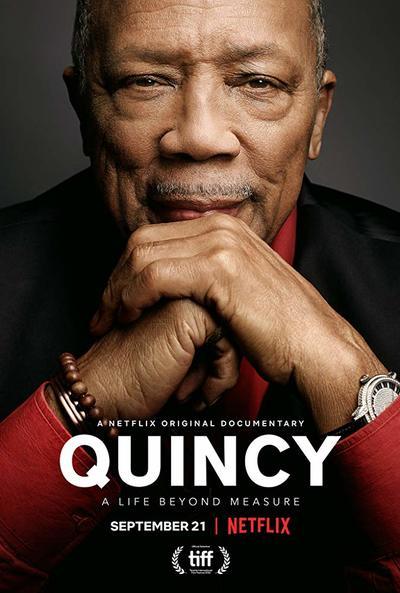Why Solution-Oriented Documentaries Are Hard to Make, Part 2
Why is it so challenging to make a documentary that suggests solutions?
Check out Part 1 of my newsletter for the “legislative” reason.
But there’s another big reason why so many filmmakers haven’t (yet) figured out how to leave viewers feeling hopeful.
It’s darn hard to make a solution-oriented documentary. The parallel corollary in the narrative world is that it’s easier to create dystopian science fiction films than optimistic ones. Why?
Because an optimistic view of the future is harder for filmmakers to imagine and document.
“It’s harder to find drama in that situation,” says television producer Ronald D. Moore in a recent AEIdeas blog titled ‘Dark Hollywood’. “It’s harder to figure out what the conflict is. You have to work a little bit more. So it’s a little easier [for] a writer to draw up the dystopian scenario.”
Moore says “Star Trek” dominates the “positive” space. “Star Trek stands alone in its optimistic idea of the future, at least in terms of pop culture science fiction on film and television.”
So, that’s a problem. And being the solution-oriented story consultant that I am, here are three solutions:
- Don’t rely solely on conflict for your film’s drama, or milk suffering for emotional juice. Documenting creativity is inherently dramatic and inspiring. Here are examples.
- Find stories about social entrepreneurs and document their efforts, which is why the Sundance Institute partnered with the Skoll Foundation for three years to fund documentary “stories of social entrepreneurs”.
- Pay close attention to the emotional tone you’ve set when the credits roll. “What’s the end note?” asks Emmy-nominated editor Will Znidaric on a recent “Once Upon a Timeline” podcast. “What’s the climax? What’s the feeling there?”
Here are some actionable recommendations for editing inspiring documentaries.
